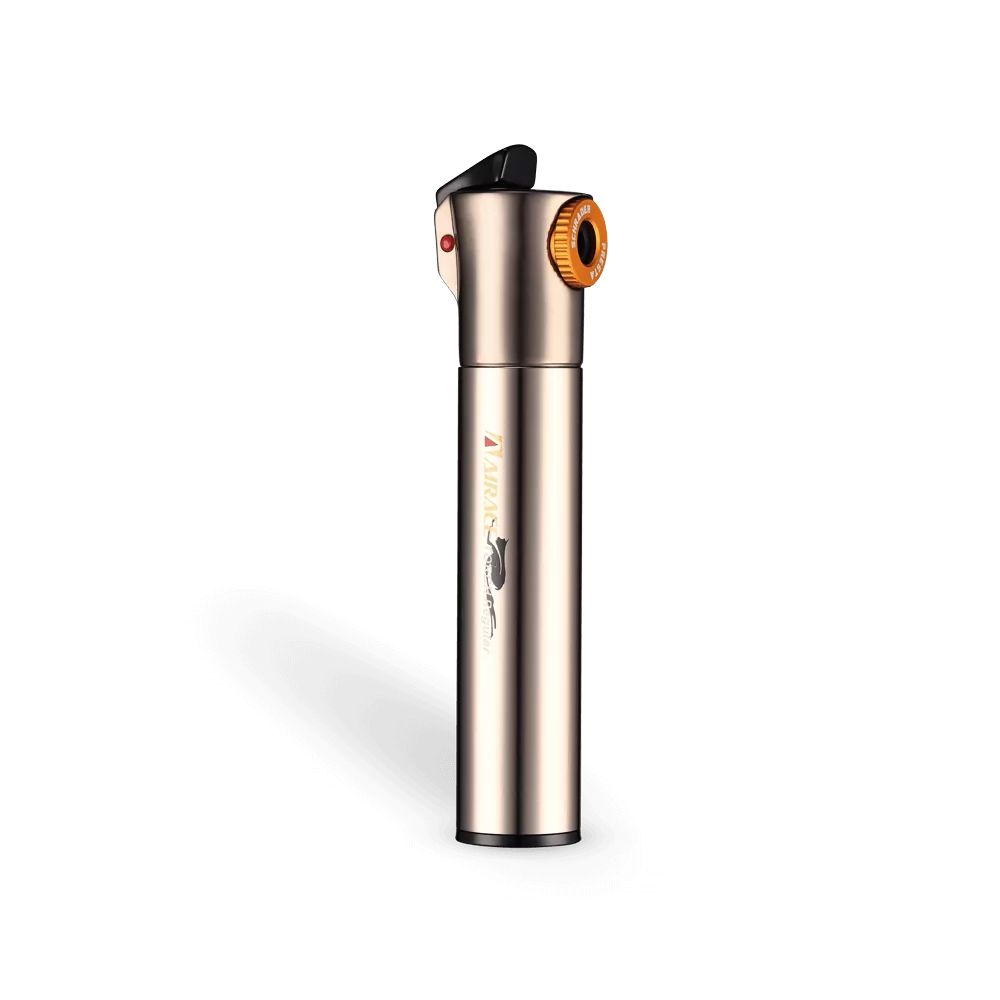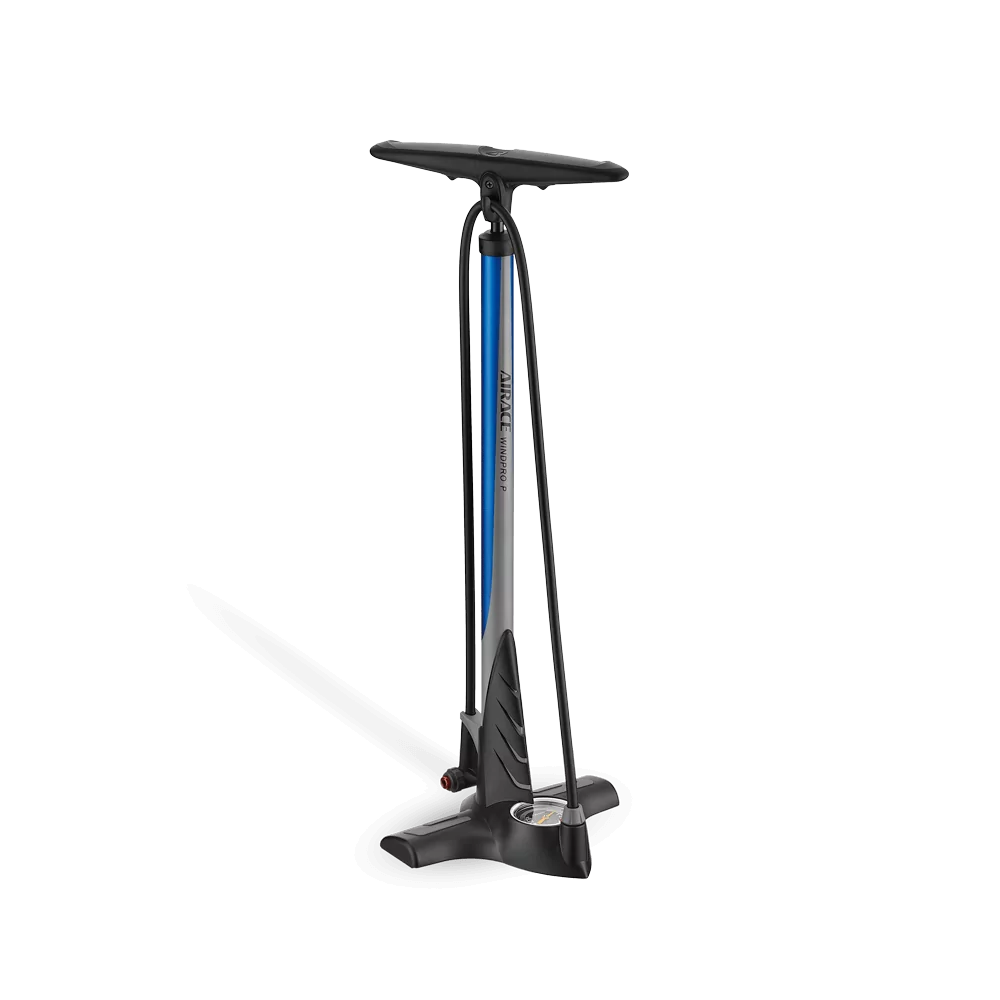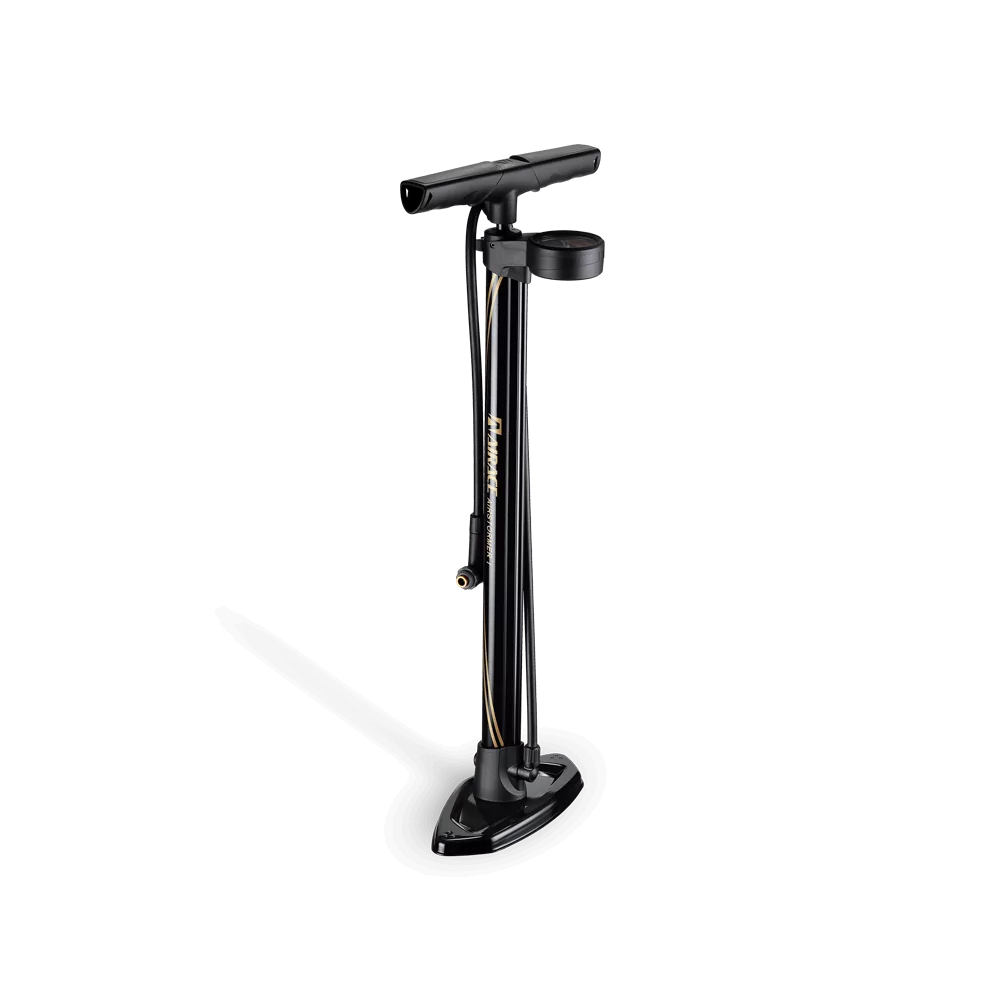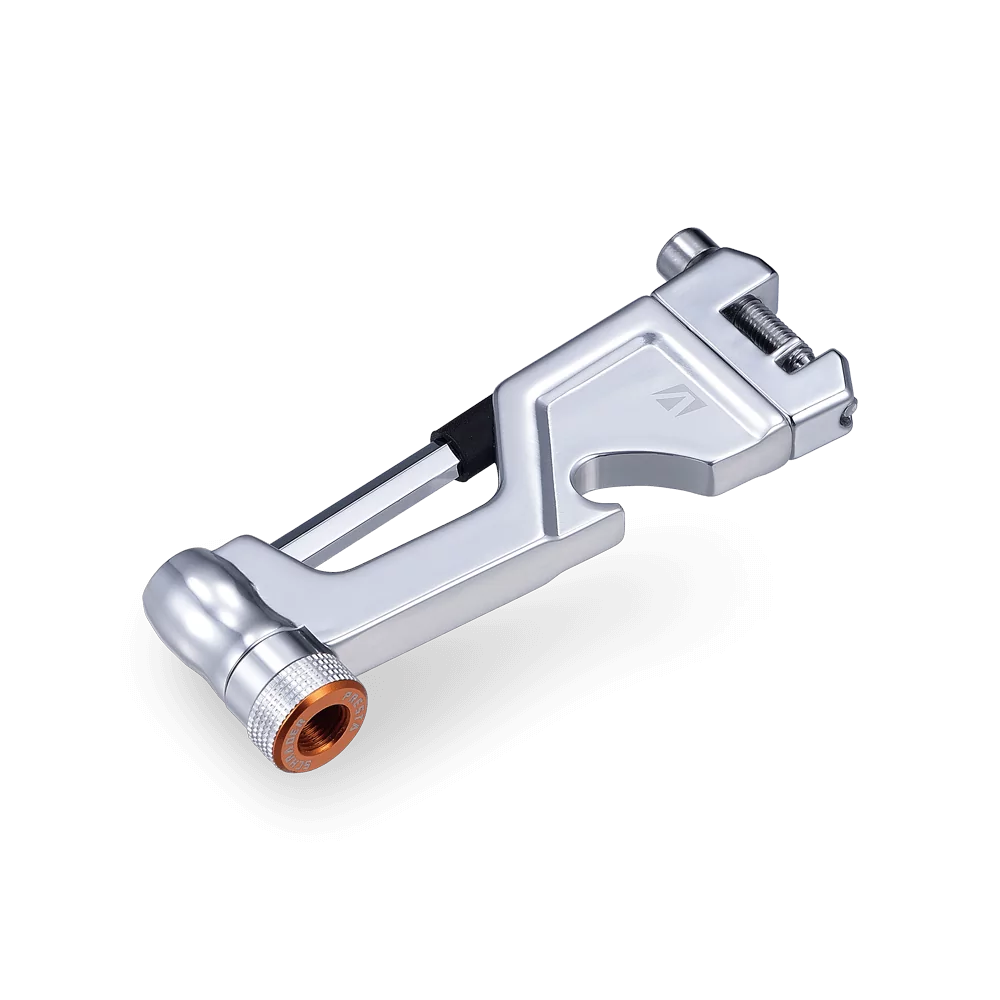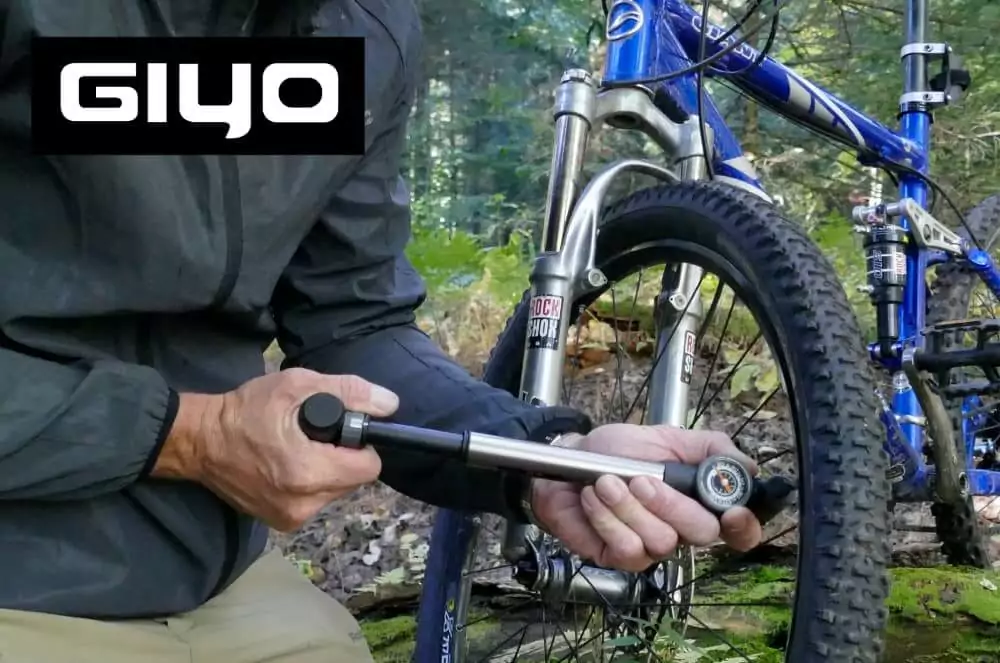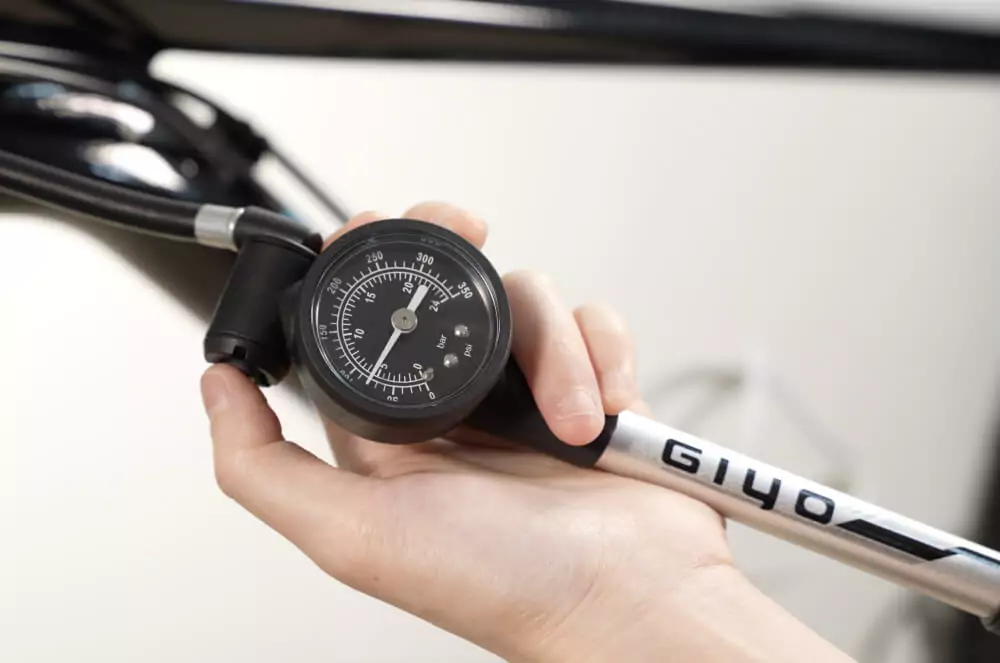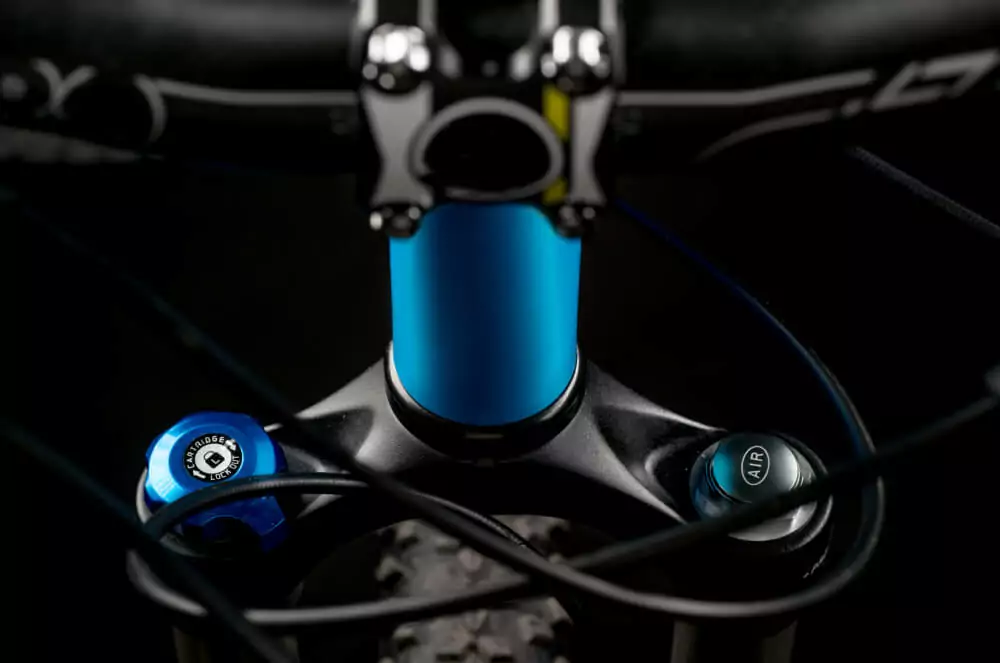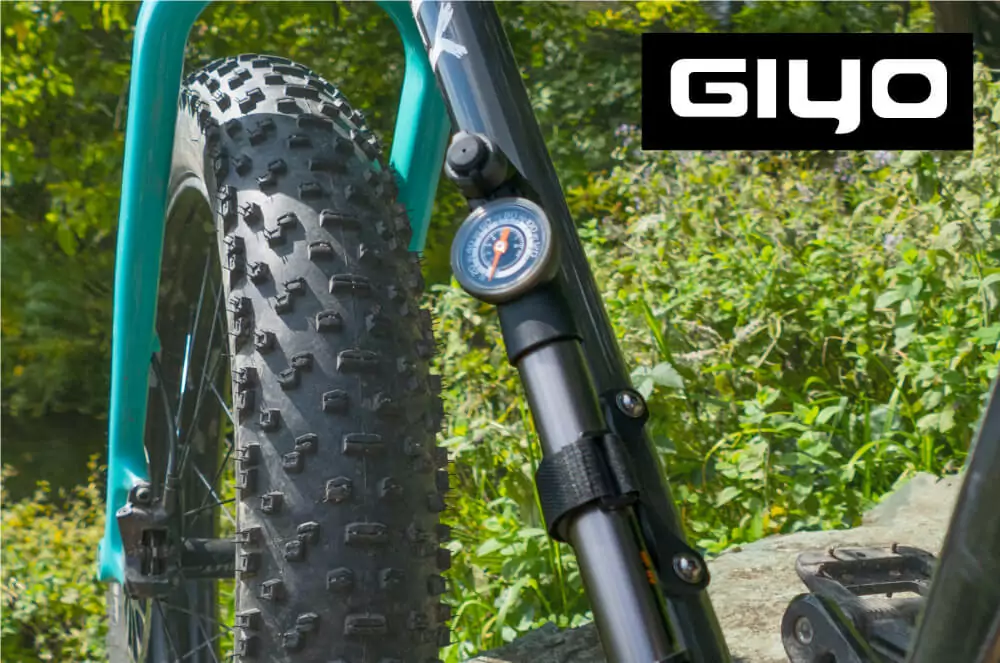Cycling has been an integral part of human history and transportation for centuries. Today, as more individuals recognize the importance of sustainable mobility and fitness, the need for dependable equipment has never been more pressing. One crucial piece of equipment, often overlooked, is the bike pump. This guide delves deep into the realm of bike pumps, providing invaluable insights to make an informed choice tailored to your biking needs.
Unveiling Bike Pump Valve Compatibility: Know Your Bike
We live in a world with an array of bike types, each with its specific valve type. Recognizing your bike’s valve is pivotal to ensure a seamless pumping experience.
Presta Valves
Slim and usually found on high-end bicycles. They have a locking nut that you need to open before inflating.
Schrader Valves
More widespread, resembling car tire valves. They’re commonly found on mountain bikes and kids’ bikes.
Dunlop Valves
Less common, primarily seen on some commuter bikes in Europe and Asia.
When choosing a pump, always ensure it’s compatible with your bike’s valve type or look for pumps with dual-valve heads, ensuring versatility and adaptability.
Delving into BIke Pump Types: Which One Suits You?
The market is awash with various bike pumps, each designed for distinct purposes. Understanding them can optimize your bike maintenance routine.
Floor Pumps
Renowned for their efficiency, floor pumps are a staple for every cyclist. With sturdy bases and large handles, they offer quick inflation, ensuring your tires are always at the recommended pressure.
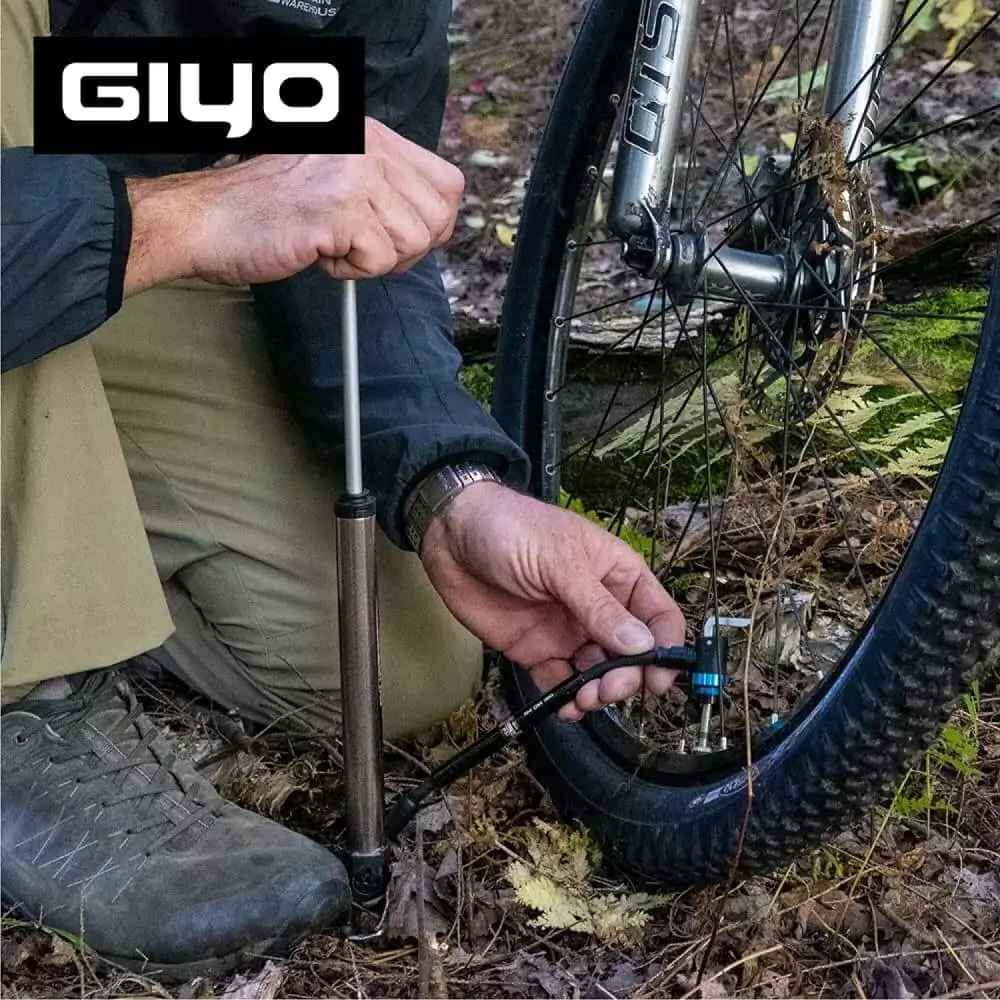
Frame-Fit Pumps
Tailored for cyclists on the go, frame-fit pumps conveniently attach to your bike’s frame. Though not as efficient as floor pumps, their portability is a boon for long rides.
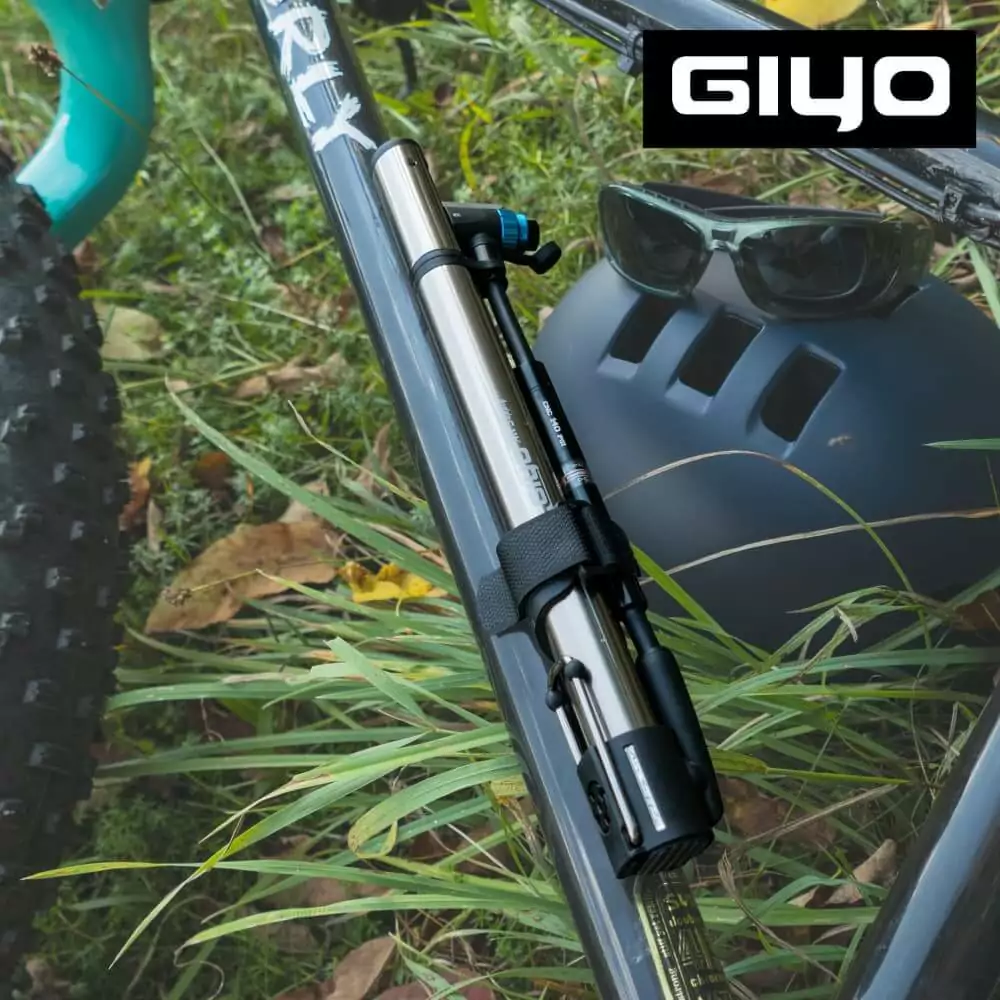
Mini Pumps
Compact and lightweight, mini pumps are the epitome of portability. They’re perfect for emergency inflation during unforeseen punctures.
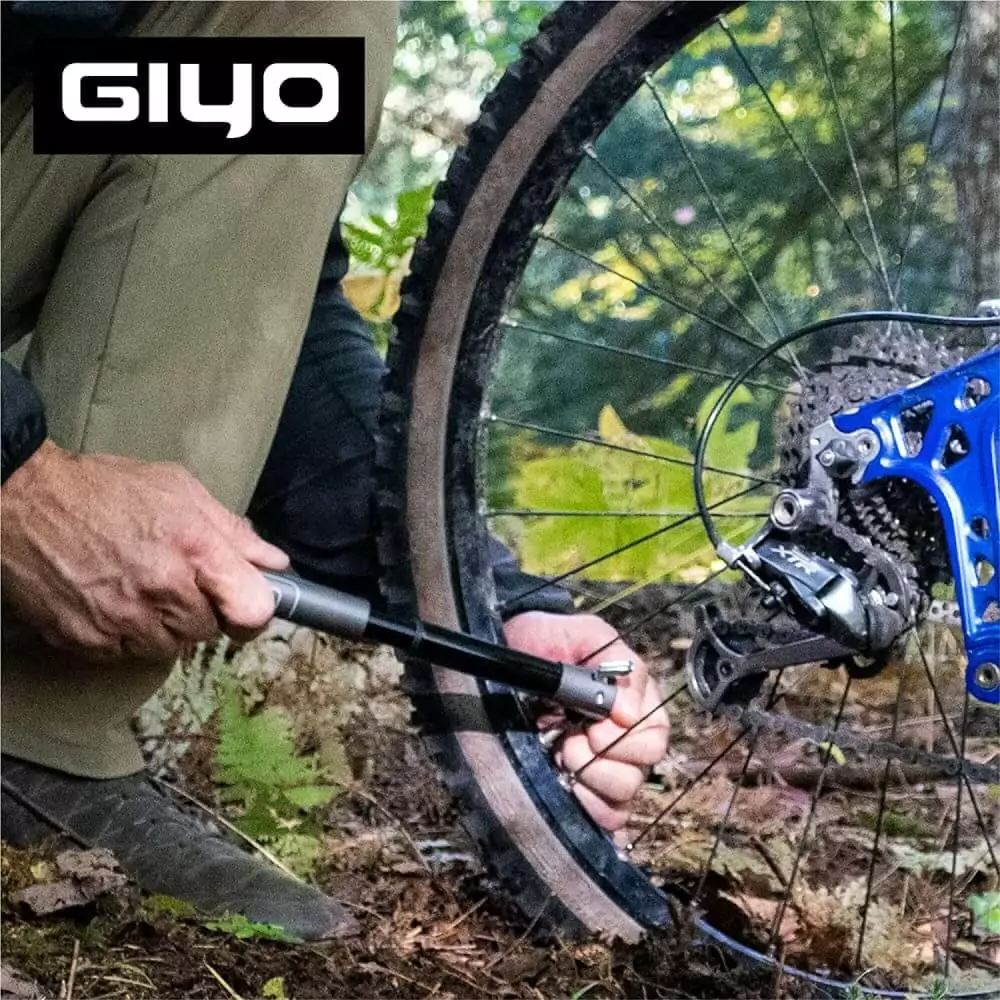
CO2 Inflators
The future of bike inflation, CO2 inflators provide swift inflation in seconds. With compact cartridges, they’re lightweight and suitable for cyclists who prioritize speed.
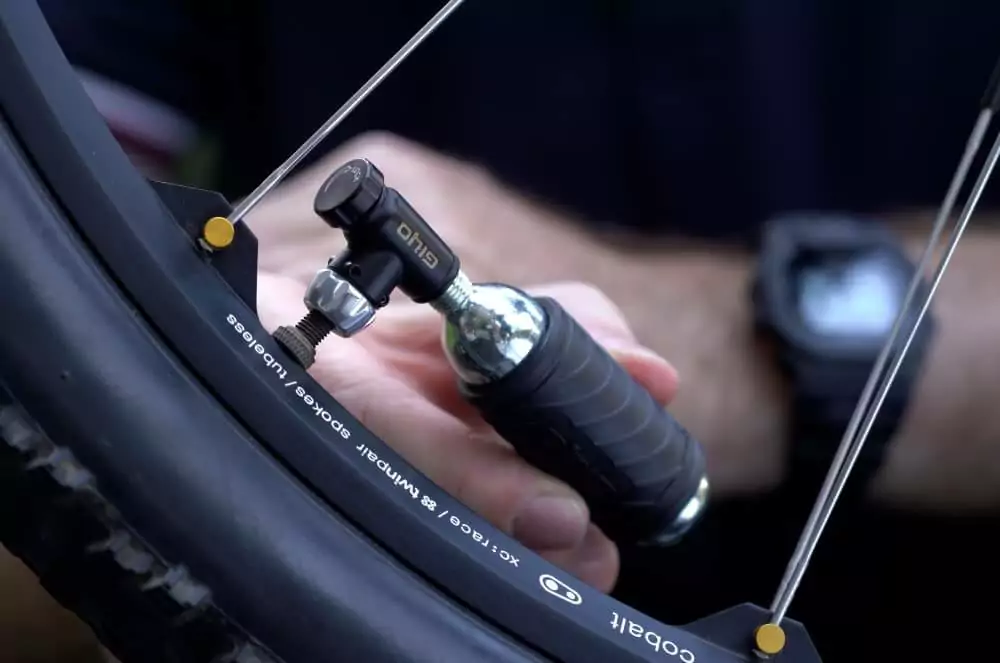
- Floor Pumps – Efficient and Sturdy
- Frame Fit Pumps – Portable and Handy
- Mini Pumps – Compact and Lightweight
- CO2 Inflators – Swift and Ultralight
Deciphering PSI Capacities: Striking the Balance
Pressure per square inch (PSI) is the measure of how much air a tire can hold. Different bikes and terrains necessitate varied PSI levels. Thus, when selecting a pump, it’s quintessential to pick one that caters to your bike’s PSI requirements. Furthermore, pumps with built-in hoses confer added advantages, preventing wear on the valve stem and facilitating easier reach in tight spots.
Embracing CO2 Inflators: The Quick Fix
As cycling ventures become more ambitious, the need for speedier solutions in the face of unexpected deflations grows exponentially. Enter CO2 inflators, a game-changer in the realm of on-the-go tire inflation. Unlike traditional hand pumps that require manual labor, CO2 inflators harness the power of compressed carbon dioxide to restore your tire’s pressure almost instantaneously. The time saved can be crucial, especially in competitive settings or during rigorous long-distance rides where every second counts.
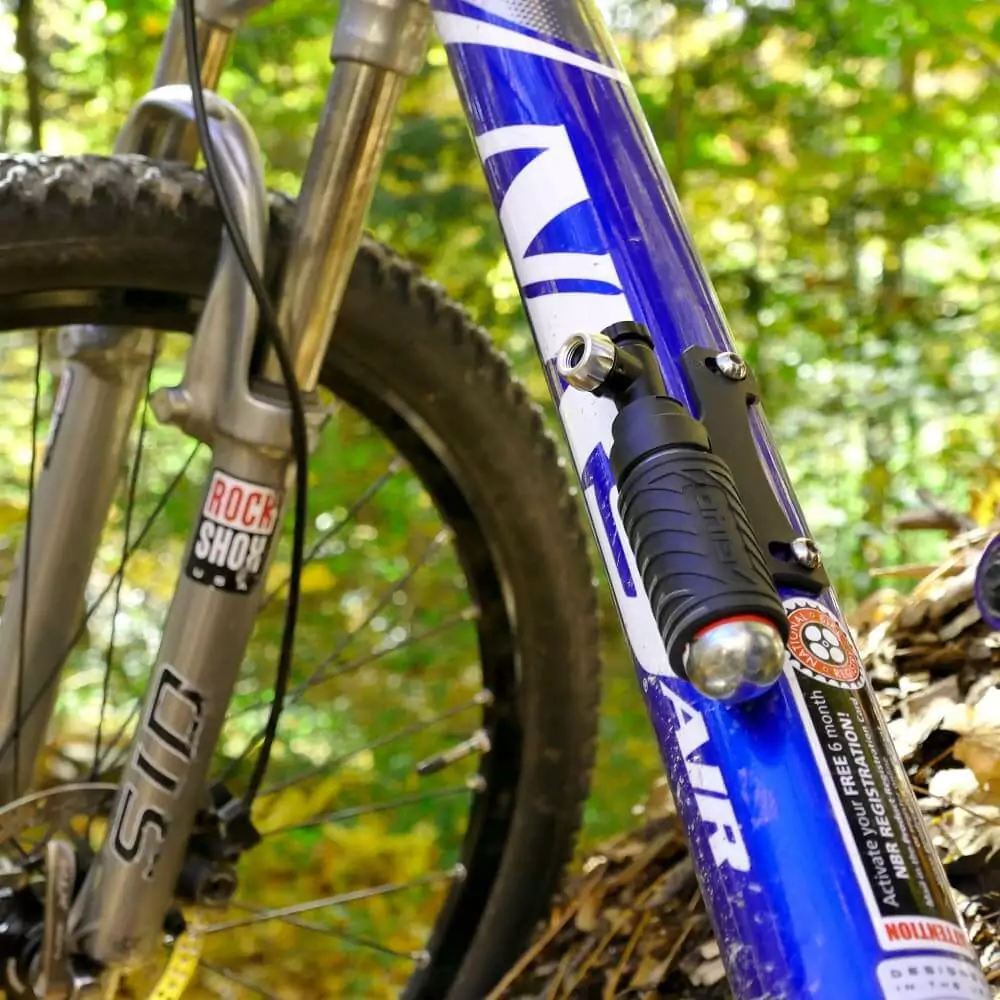
Moreover, CO2 inflators are a marvel of compact design. These petite devices, often no larger than a thumb, easily fit into pockets or saddlebags. They come with cartridges in varied sizes, from 12g to 25g, catering to different tire volumes. Using them is straightforward: simply attach, release the gas, and within moments, you’re back on track. Their convenience, however, does necessitate some caution; it’s essential to handle them with care, ensuring secure attachments and using a protective layer like a sleeve or cloth during operation to counteract the cartridge’s cold surge.
CO2 Inflator Cartridge Sizes
CO2 cartridges come in various sizes, typically ranging between 12g to 25g. The optimal size largely depends on the tire volume and the inflation required.
CO2 Inflator Usage Tips
Always ensure the cartridge is securely attached to prevent gas leakage. Additionally, using a sleeve or cloth while handling is advisable as the cartridge becomes cold during inflation.
Tire Pressure Recommendations: Ensuring Optimal Rides
Maintaining the correct tire pressure is paramount for a smooth and safe ride. Here are some general recommendations:
- Road Bikes: 80-130 PSI
- Mountain Bikes: 30-50 PSI
- Hybrid Bikes: 50-70 PSI
Remember, these are general guidelines. Always refer to your tire’s sidewall or manufacturer’s recommendations for precise figures.
Navigating the world of bike pumps might seem daunting at first glance. However, armed with the insights provided here, you are now well-equipped to make an informed decision that aligns with your biking needs and ambitions. Happy cycling!
